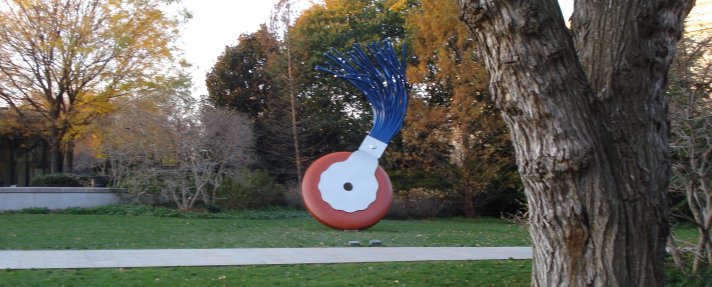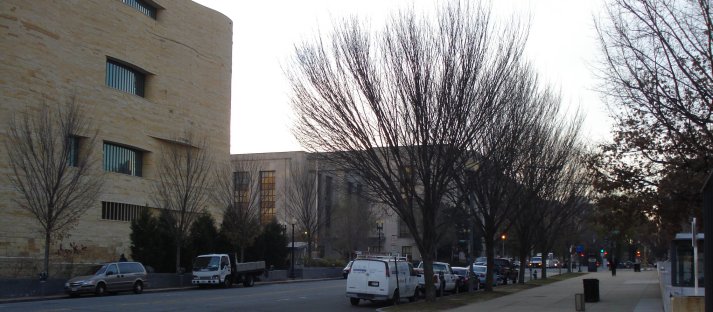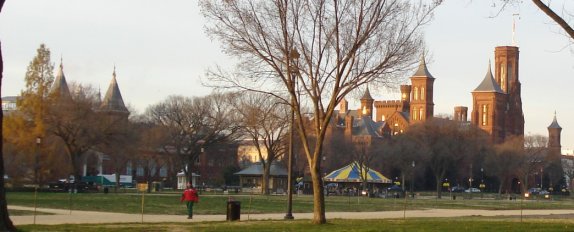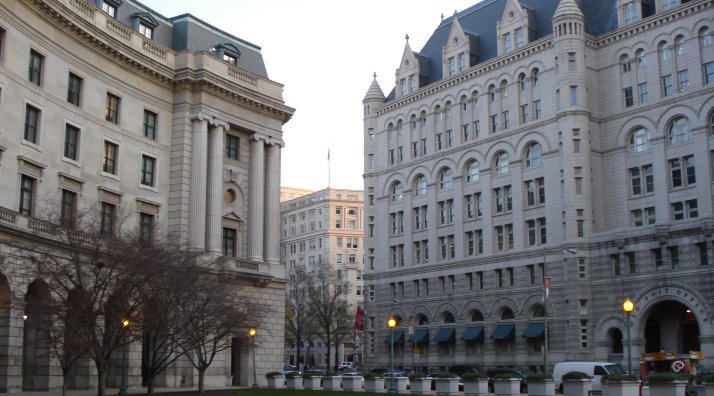Below is a giant typewriter eraser in the National Gallery Sculpture Garden. Kids don’t know what this is. They never touched a typewriter.

I have been thinking re public affairs strategies. New studies about public affairs are coming out all the time. Heritage just published one and Brookings will release one tomorrow. There are at least thirty official or authoritative studies done since 9/11/2001. I know because I have read many of them. They come to similar conclusions, but still nothing much seems to work.
In Public Diplomacy Relationships Trump Information
The proliferation of media sources and the rise of the Internet have made information almost free to anybody who can use has a computer and can use a search engine. In this situation, influence becomes more a matter of relationships than of actual facts, figures and reports. The trusting relationships people have developed with individuals and media providers are the source of the influence, not the information itself.
Despite the ubiquity of general information, usable information sometimes is missing. Bloggers and other new media players are in need of content that they can use w/o copyright or based on creative commons copyright provisions. We should provide this material in easy to “steal” chunks. Pictures and video would be especially useful.
Below are American elms outside the American Indian Museum. They are Princeton variety, immune to Dutch elm disease that wiped the beautiful elms off our city streets in the 1960s and 1970s. Soon we will have a restoration.

We can draw on an analogy from an earlier crisis in American public diplomacy when we faced strenuous and vitriolic opposition to the proposed deployment of U.S. Pershing intermediate range nuclear missiles in Europe in the 1980s to counter Soviet SS-20s. More protestors hit the streets to voice their opposition to our policies in those days than came out against our Iraq activities more recently.
Our action came in response to a Soviet threat, but much of the European media treated it as an American aggression. One of the things they did consistently was to show picture of American Pershing missiles, instead of the Soviet SS-20s that had provoked the crisis in the first place.
Through their contacts, American public diplomacy officers in Europe learned that one of the reasons for this imbalance was simply that many media outlets had pictures of the American weapons but they just didn’t have any of SS-20s. Soviets were not a forthcoming with such things. U.S. officials remedied the problem by providing good quality pictures of the Soviet missiles that helped level the playing field.
Below is Smithsonian Mall. The pictures, BTW, are just ones I took this morning. They are not related to the article text, but they are nice, right? I have a really nice walk to work.

This example is instructive in several ways. Most important, it shows that a sound policy can be implemented in the face of vocal opposition. What passed for public opinion in this crisis was wrong, but it didn’t seem so clear at the time. It also shows how some big problems may have an easy to implement solutions and how we should not attribute to malice what may result from mere indolence, ignorance of a simple lack of proper materials. But the deeper lesson is that this example indicates the importance of relationships, being near the customers and understanding their needs. Our PD people would not have correctly diagnosed the problem w/o close contact with the people providing the information and they would not have been able to remedy the situation had they not already built a network of trusting local contacts that could & would help.
We could get by with a little help from our friends. Unfortunately, as I wrote in a previous post, we wantonly destroyed our networks during the 1990s.

Above is the old post office building.
I will write more on this subject over the next weeks.
